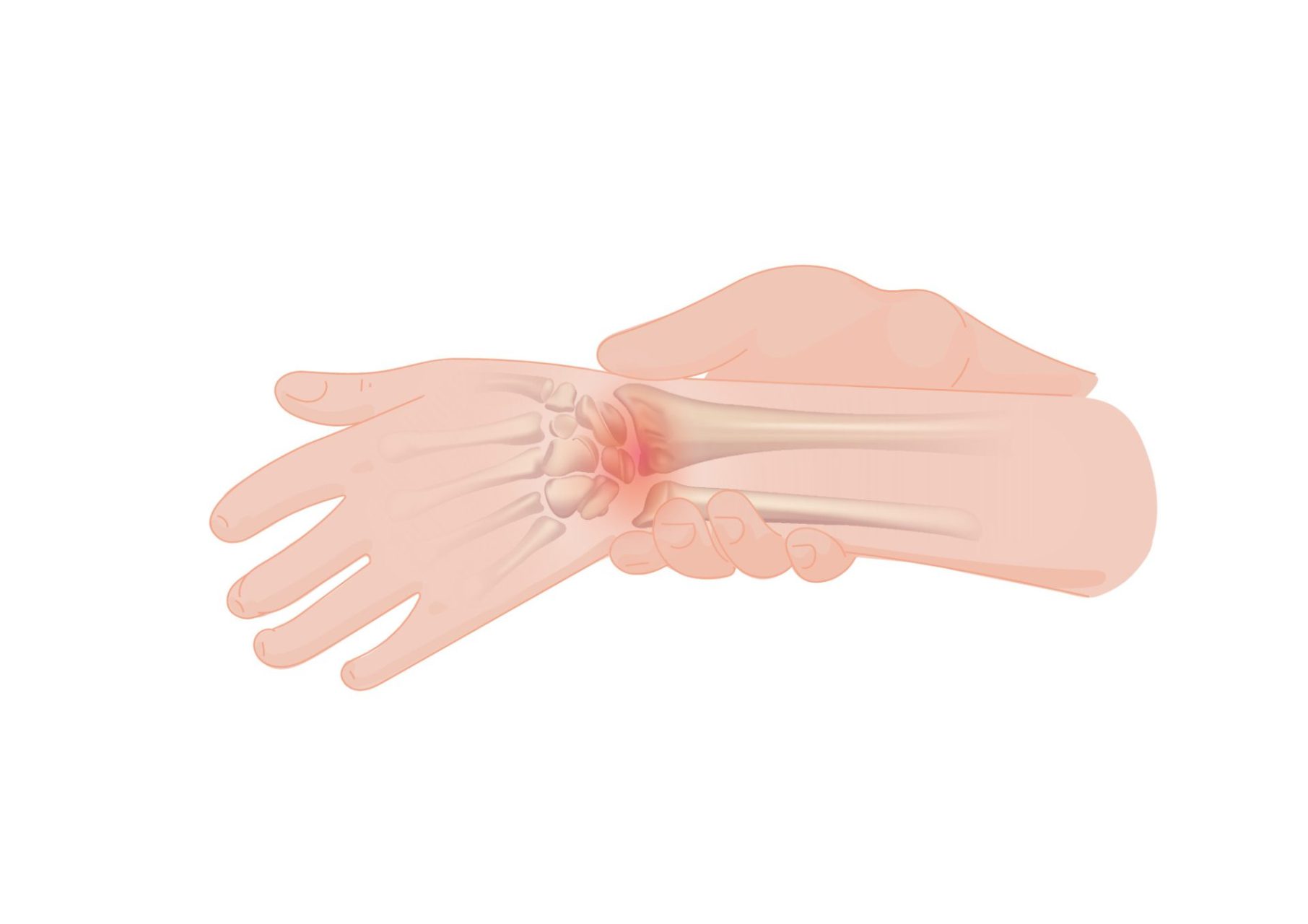A scaphoid fracture is a common wrist injury, specifically in the scaphoid bone. The scaphoid bone is located on the thumb side of the wrist and is susceptible to fractures due to its location and shape. These fractures can result from a fall onto an outstretched hand or from a direct impact to the wrist.
Managing a scaphoid fracture requires a comprehensive approach to promote healing, restore wrist function, and prevent complications. Physiotherapy plays a crucial role in the treatment process, helping individuals alleviate pain, regain range of motion, improve motor control, strengthen the wrist, and maintain their progress.
The treatment of a scaphoid fracture initially focuses on fracture management and allowing the fracture to heal, then rehabilitation to restore full function to the wrist. Rehabilitation typically follows the 5 stages of rehab:
- Pain management: During the fracture healing process physiotherapy is predominantly focused on managing pain and reducing inflammation in the affected area. Following fracture related immobilization, or in some cases surgery, physiotherapists may employ various techniques such as manual therapy, soft tissue mobilization, and modalities like ice/heat therapy to alleviate pain.
- Range of motion: Once pain is under control, the emphasis shifts to restoring normal range of motion in the wrist. Physiotherapists prescribe gentle stretching and range of motion exercises to improve flexibility and alleviate stiffness. These exercises aim to gradually increase the mobility of the wrist and prevent joint stiffness.
- Motor control: This stage focuses on improving motor control and coordination of the wrist. Physiotherapists prescribe specific exercises to enhance muscle activation and proprioception, such as wrist circles, finger taps, and wrist rolls. These exercises aim to improve the individual’s ability to control and stabilize the wrist during functional activities.
- Strengthening: Strengthening the muscles surrounding the wrist is crucial for restoring function and stability. Range physiotherapists will design a personalized exercise program that targets the muscles of the forearm, hand, and wrist. This may include exercises using therapy putty, hand grippers, or resistance bands to gradually build strength and endurance.
- Maintenance and prevention: The final stage focuses on maintaining the gains achieved through rehabilitation and preventing future injuries. Range physiotherapists will provide guidance on proper ergonomics and body mechanics during daily activities to minimize stress on the wrist. They may also advise individuals on exercises and strategies to maintain wrist health, such as regular stretching, strengthening, and modifications to activities that involve repetitive wrist motions.
In addition to physiotherapy, the treatment of a scaphoid fracture should involve close monitoring by a GP or orthopaedic physician, regular imaging to assess healing progress, and potential surgical intervention depending on the severity and location of the fracture.
During the recovery phase it is important to work closely with a qualified physiotherapist who specializes in treating scaphoid fractures. Range physiotherapists will assess the individual’s condition, develop a tailored treatment plan based on the stages of rehab, and monitor progress throughout the rehabilitation process. With proper treatment, exercises, and modifications to activities, individuals with a scaphoid fracture can experience significant recovery, regain wrist function, and return to their desired level of activity.
For more information regarding scaphoid fractures please see: https://www.physio-pedia.com/Scaphoid_Fracture?utm_source=physiopedia&utm_medium=search&utm_campaign=ongoing_internal


